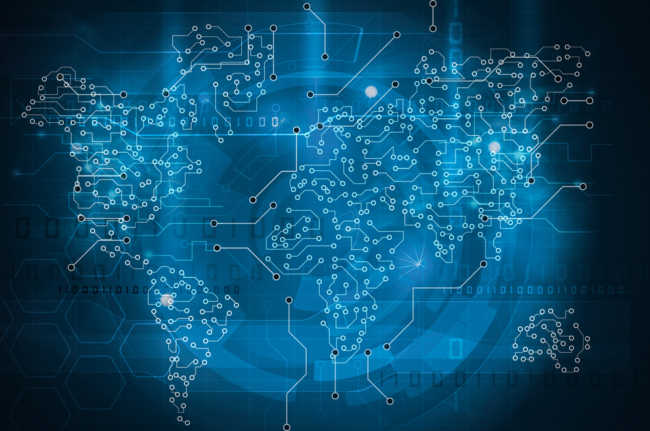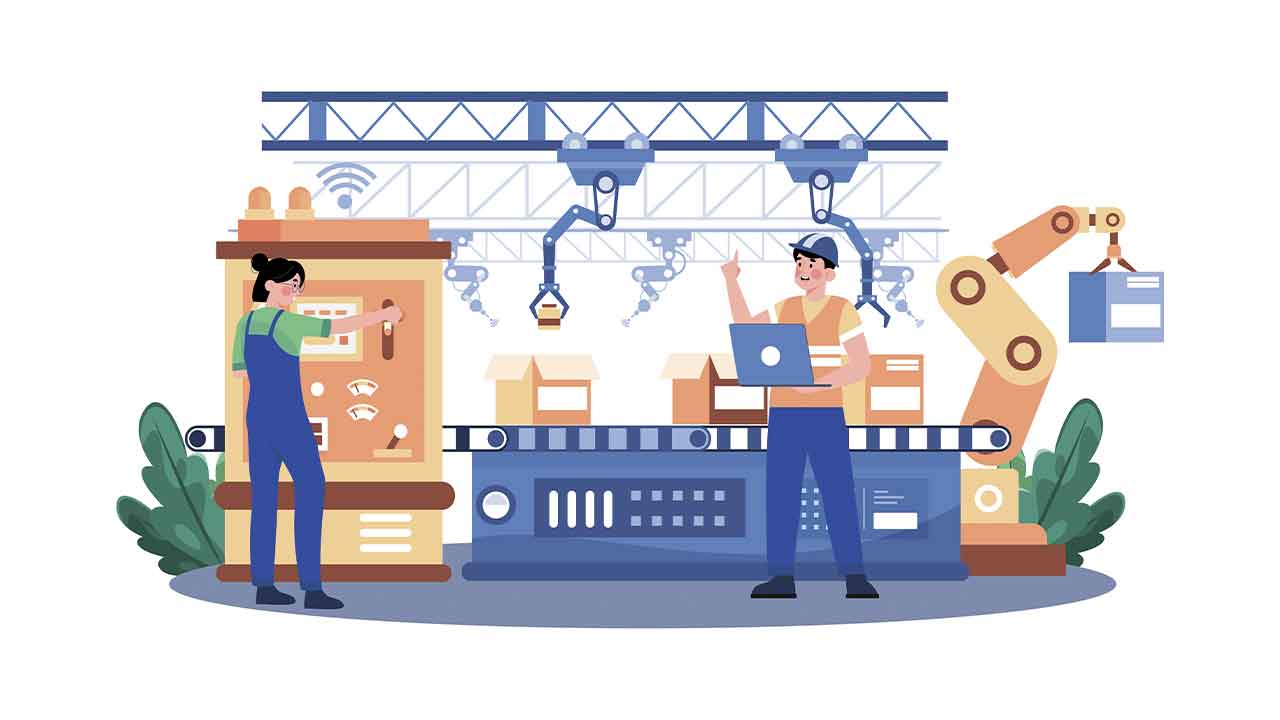Fueling Widespread Digital Transformation Using Digital Ecosystems
Ready or not, digital transformation (DX) is here and already is revealing its impact on every part of our lives. In some cases, the transformation is obvious. Take the way we call for a ride-share or taxi, find a room to stay, or chat to a robot for your favorite song. These are all part of mainstream DX. More subtle examples, with a digital ecosystem working behind the scenes, can be found in things like checking out at the retail store without ever opening your wallet or jumping into the latest automobile and your directions are mapped out for you.
DX is often described as the integration of digital technology into all areas of business while changing how you operate and deliver value to customers. Advancements involving cloud computing, analytics, social and mobile technologies are reshaping the customer experience (CX) and opening the door to innovation and new business services. DX is also a cultural change that requires organizations to continually experiment with new ideas while being comfortable with failure and accepting that speed has become a business imperative for everyone.
DX will fundamentally change the way we think about creating a product and how we take it to market. Gone are the days of ‘make and sell’— that is, finding a market (after the fact) for the latest bright and shiny invention or innovation and forgetting about the “thing” that’s left behind with the customer. We have flipped from building stagnant technology for technology’s sake, as well as having little or no real-time information about most of the product’s lifecycle, to now creating customer-centric solutions teeming with data about everything at all times.
What’s fueling this major shift? The widespread connection of things to the Internet that had never been connected before, including machine-to-machine connectivity. All thanks to embedded smart sensors making The Internet of Things (IoT) an omnipresent phenomenon. By 2025 there will be over 80 Billion things connected to the Internet which in turn will provide input to feed digitally transformed companies. Industrial business models everywhere will also flip to a ‘sense and respond’ environment where customers and suppliers will know almost everything there is to know about the service or product being sold and delivered sold to us (within the realms of data privacy regulations).
In the midst of this digital transformation there is vast opportunity: a new customer engagement model to make things better and easier for everyone. Digital businesses cannot be built and serviced by a single supplier – it’s just too complex. There are too many new sources of IoT data that are used to feed business systems and to drive outcomes. Instead, we are seeing businesses that serve the same set of customers from consortia or digital ecosystems or digital exchanges made up of a wide range of participants with an equally wide range of talents and needs.
As more companies become digital, we expect that there will be thousands of ecosystems in existence across every industry. In this collaborative environment, companies with a mutual interest in a particular industry — and even though crossing traditional industry lines — will join a digital exchange whereby they can openly innovate and scale their business by tapping in to a global community. Just think of the power and value of the exchange as being similar to the network effect (e.g. Metcalfe’s Law) whereby the more participants engaging in activities in the exchange, the more value everyone gets out of the digital exchange. Microsoft’s Satya Nadella calls this “creating more surplus outside us.”
We believe that some of key benefits from the digital exchange include
- Co-innovation between startups looking for partners and established vendors looking for outside ideas to better their products
- Collaboration to solve like-minded industry challenges
- The creation of open and interoperable tools to speed up the creation of new products and services
- The ability to leverage a large and diverse set of partners who can help each other discover to new markets and services within their own industry and beyond
Digital exchanges can be wild and confusing, and they may seem disorganized to the newcomer. Think of the first impression you have when you first walk into a large open-air market selling antiques. Initially everything seems to be piled into stalls with no logical reason. However, to the experienced shopper and stall owner, there is an organized manner to it that makes sense. And there are many wonderful things waiting to be revealed.
As part of Schneider Electric’s strategy to help its customers become digital natives, it created Schneider Electric Exchange — its digital ecosystem and business platform. Schneider Electric Exchange also has a structure to it that is geared up to help specific roles or personas and make it easier for anyone to find the right partner for solving specific business challenges. It is also set up to step someone through the life-cycle process of creating a solution by connecting them to the right tools with the right partners for the right markets. Business value can be created within Schneider Electric Exchange but equally more powerfully outside when delivered to the end user. For example, building management designers can use Schneider Electric Exchange to find partners who are also experts of emerging technologies such as digital twins, 3D-Print, augmented reality, and analytics.
Industry analysts believe that Schneider Electric Exchange will create immediate economic benefits by reducing friction and inefficiencies in the overall customer supply chain. Participants will be able to innovate faster and deliver quicker — even as customers’ experiences and expectations rise, evolve, and change at the lightning pace of the digital economy. Over time we expect that vendors Net Promoter Score (NPS), a metric for being measured on customer satisfaction will rise as a result of improved business processes found in Schneider Electric Exchange.
In conclusion, the Internet of Things will be the pebble that creates the ripple in the digital transformation pond. Data will be created from every sensor that will be used to create competitive differences at every stage of company’s value chain. Businesses that don’t embrace the use of the data and innovate themselves as well as their products do run the risk of being very quickly disrupted. Companies also don’t have the financial and technical resources to do all of this by themselves, hence the opportunity to be part of a digital exchange is the way to be agile, cost effective, and competitive. Every time, businesses who waited while there was a new ‘industrial revolution’ taking place lost out. Today, who will dare to disrupt instead of being disrupted? We are at the tipping point of the digital transformation and there is no time left to sit on the sidelines – businesses need to jump in to a dynamic digital ecosystem and partner with each other through their industry’s digital exchange!
More about Managing the Risks of Digital Transformation
![]() This article was written by Vernon Turner. He is Executive Analyst at Ecosystm as well as Principal and Chief Strategist at Causeway Connections is a globally recognized expert in the traditional ICT market research. More recently, Mr. Turner extended that capability to include emerging technologies and new business models basing their roots off the Internet of Things (IoT) and sensor-based data.
This article was written by Vernon Turner. He is Executive Analyst at Ecosystm as well as Principal and Chief Strategist at Causeway Connections is a globally recognized expert in the traditional ICT market research. More recently, Mr. Turner extended that capability to include emerging technologies and new business models basing their roots off the Internet of Things (IoT) and sensor-based data.
Sorry, the comment form is closed at this time.




Pingback: Our Picks from Hannover Messe 2019 - Day 1. What’s next on our agenda?